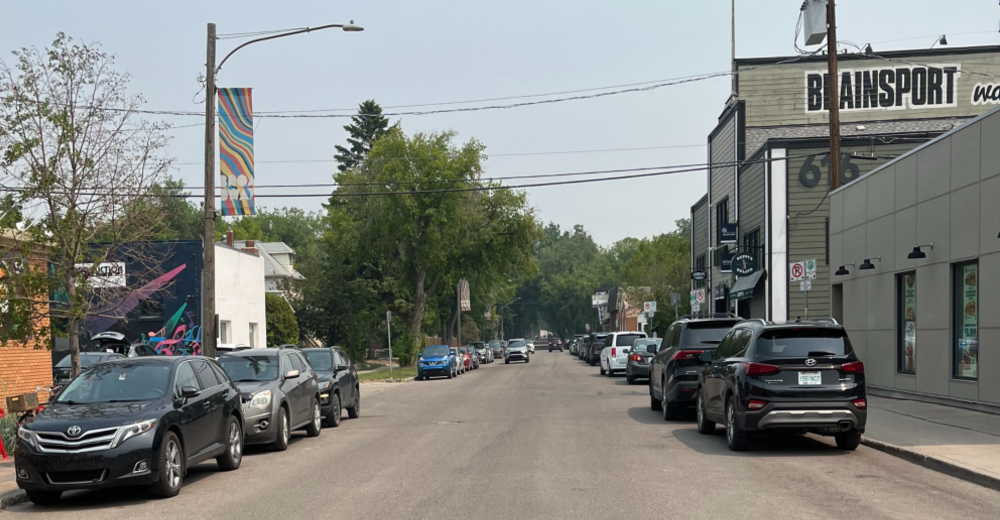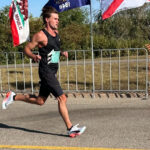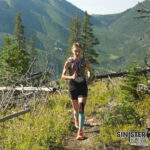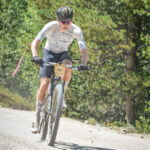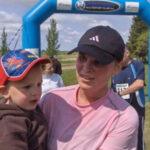As wildfires continue to burn across the Prairies, Saskatoon intermittently finds itself under air quality warnings.
You may feel fine when outdoors in a thick haze, but everyone is cautioned to reduce or reschedule strenuous exercise when the air quality is at its worst.
Here’s what you need to know about exercising in the smoky conditions.
How is air quality measured?
The Air Quality Health Index (AQHI) is a scale from 1 to 10+ designed to give information about the health implications of air quality in a specific region. The higher the number, the greater the health risk.
An AQHI of 7 or higher indicates high-risk conditions, while an AQHI of 3 or lower indicates low-risk conditions.
In general, vulnerable populations such as children, the elderly and people with chronic conditions are encouraged to reduce or modify outdoor activities when the AQHI is 4 or higher. For the general population, the number is 7 or higher.
How can I see air quality in my region?
Environment and Climate Change Canada reports live and forecasted AQHI ratings online for communities across Canada including Saskatoon and Regina.
If you prefer an app, the Air Quality Health Index app is a great option.
How does wildfire smoke affect air quality?
Wildfires fires don’t just burn trees, they also consume things like pesticides, herbicides, metals, allergens and fungus. The smoke produced by wildfires contains a mix of gases, water vapour and particles — including fine particulate matter (PM 2.5), which is the main health risk from wildfire smoke.
Fine particulate matter isn’t visible to the human eye and can travel deep into your lungs. Long-term exposure to pollution like wildfire smoke has been shown to increase risk of heart attacks and strokes and has been linked to an increased risk for C.O.P.D., lung cancer, type 2 diabetes and dementia. There is no known safe level of exposure to PM 2.5
The harmful effects of these pollutants may be compounded during exercise because you are breathing faster and harder than when you’re at rest.
How can I exercise safely in smoky conditions?
Check the forecast before heading out the door to exercise and consider making new plans if the AQHI is 7 or higher. This may involve rescheduling a workout to a time when the AQHI is expected to be lower or doing a workout indoors.
In general, experts advise against masking because the only face masks that are effective in blocking the small particles in wildfire smoke are well-fitting respirators like N95s, which are uncomfortable to exercise in.
The type of exercise makes a difference as well. Michael Koehle, a professor of sport and exercise medicine at the University of British Columbia faculty of medicine, says brief, high-intensity workouts are safer than long, low-intensity ones. “The worst thing is the six-hour hike,” Dr. Koehle told the New York Times. In a 30-minute HIIT workout, by comparison, “you may be breathing twice as hard, but your dose is still a sixth of that hike.”
I feel fine exercising in the smoke — why should I stop?
“Although we can acclimate somewhat to high heat and humidity over a period of days to weeks, there is no indication that we can acclimate to the air pollution that comes from wildfires,” Koehle explains. “So repeated exposure to wildfire smoke — during rest and exercise — only leads to increased risk of long-term health consequences.”

